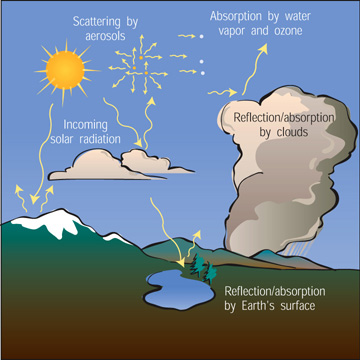This picture shows what happens to energy from the Sun once it gets to Earth.
Click on image for full size
NCAR
When Energy Gets to Earth:
Once energy from the Sun gets to Earth, several things can happen to it:
- Energy can be scattered or absorbed by aerosols in the atmosphere. Aerosols
are dust, soot, sulfates and nitric oxides. When aerosols absorb energy, the
atmosphere becomes warmer. When aerosols scatter energy, the atmosphere is
cooled.
- Short wavelengths are absorbed by ozone in the stratosphere.
- Clouds may act to either reflect energy out to space or absorb energy, trapping
it in the atmosphere.
- The land and water at Earth's surface may act to either reflect energy
or absorb it. Light colored surfaces are more likely to reflect sunlight,
while dark surfaces typically absorb the energy, warming the planet.
Albedo is the percentage of the Sun's energy that is reflected back by
a surface. Light colored surfaces like ice have a high albedo, while dark colored
surfaces tend to have a lower albedo. The buildings and pavement in cities have
such a low albedo that cities have been called "heat islands" because
they absorb so much energy that they warm up.
Last modified July 12, 2004 by Lisa Gardiner.
You might also be interested in:
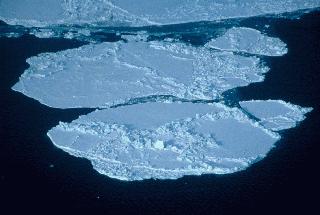
All winter long in the chilly Arctic, sea ice grows larger as the ocean water freezes. A blanket of fresh white snow covers it. The white snow reflects the sunshine that hits it. As summer begins, the
...more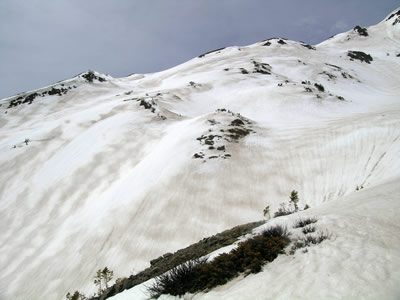
Scientists are learning about how dust from wind storms is affecting the snow in the mountains of Colorado. Occasionally, dry winds blow in from the southwestern United States, and when this happens, small
...more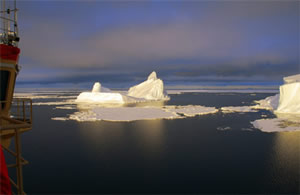
Did you know that even if you have never seen an iceberg or glacier, the snow and ice of the Earth’s cryosphere has a big impact on the climate where you live? Changes in the amounts of snow and ice on
...more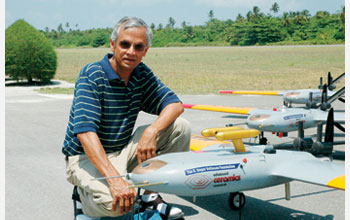
Scientists are sending tiny airplanes buzzing in the sky to find out how air pollution can impact weather, climate, and global warming. The tiny airplanes look like regular planes but they have only a
...more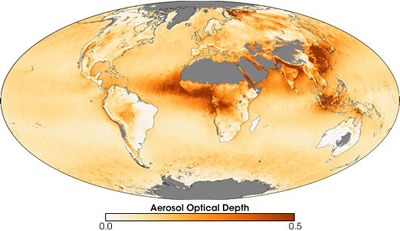
Mark Flanner, a scientist who studies climate change, conducted a study that found that snow melts faster during the spring in Europe and Asia than in North America. Flanner and his colleagues think that
...more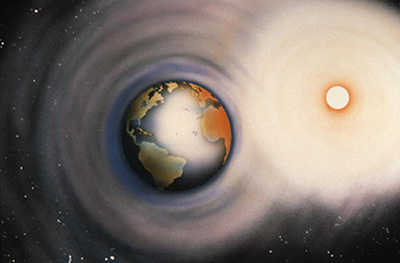
Scientists used information they got from over a 100 years of weather observations and from three powerful computer models to try and answer a very difficult question about the weather. They wanted to
...more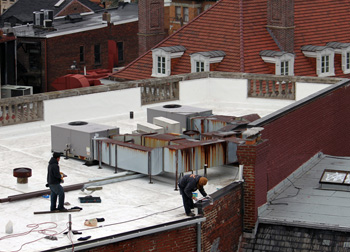
Cities are affected more by global warming than rural areas. Roads, dark roofs and other surfaces in cities hold onto heat from the Sun. This creates an urban heat island effect that can raise the temperature
...more


